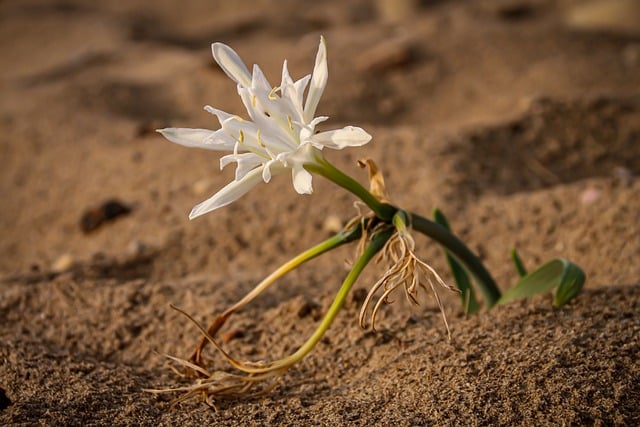
Organography studies all parts of plants
Organography is the branch of botany and zoology that is dedicated to describing the organs of plants or animals . Therefore, a distinction can be made between plant organography and animal organography .
Plant organography
Plant organography examines the structure and arrangement of organs and tissues of species belonging to the flora . The use of microscopes allows us to know the cellular characteristics and other details of the elements investigated.
The root , stem , leaves , seeds , flowers and fruits are part of the object of study of plant organography. It is important to mention that the various organs and appendages act together and in a coordinated manner to enable the development and subsistence of plants .
Organography recognizes organs that allow the vital needs of the plant to be met, such as leaves, stems and roots. Other organs and components aim at reproduction, such as flowers and seeds.
The parts of plants
It all starts with the root , the organ that is usually found underground and has no leaves. Its growth occurs in the opposite direction to that of the stem and its most important functions consist of fixing the plant to the ground and absorbing both the mineral salts and the water it needs to feed itself. Organography also recognizes the structure of the root , which is divided into stem, neck, suberified zone, branches, piliferous zone, growth zone and cap .
Then we come to the stem, the aerial part and the organ in which the leaves , fruits and flowers develop. Its most notable functions are the support of the elements just mentioned and the transport of the compounds necessary for photosynthesis from the roots to the leaves. On the stem we can see a series of points called nodes , thicker than the rest, where the leaves are formed.
In addition to the analysis of the stem, organography gives rise to its classification into different types. We have, in this way, woody stems , those whose structure is rigid (such as shrubs and trees), and herbaceous stems, with a softer structure (herbs).
animal organography
Animal organography , for its part, investigates organs as functional units of the organism. Each organ develops specific functions and is the result of a particular organization of tissues. The organs, in turn, are arranged into devices or systems .
Take the case of mammalian animals. Organography describes organs such as the brain , intestine , kidneys and lungs , among others.
Knowing the properties and activity of organs is essential to understand how a living being works from a biological point of view. That is why organography is a very important discipline.

The senses include very important organs for mammals
The senses
Our contact with the outside world and the rest of living beings occurs thanks to the sense organs, one of the fundamental themes of animal organography. It is a series of systems and structures that capture data from the external environment, as well as the internal one , and convert it into information that we can then conceptualize and express through communication.
The sense organs are found in various parts of the body, and are based on diverse cellular structures. However, our perception of stimuli usually combines them to give rise to complex information ; For example: we see a flower whose aroma we have already felt in the past and we can remember it, almost as if we were smelling it. Regarding the data inside the body, we can mention temperature, pain and balance, among others.
